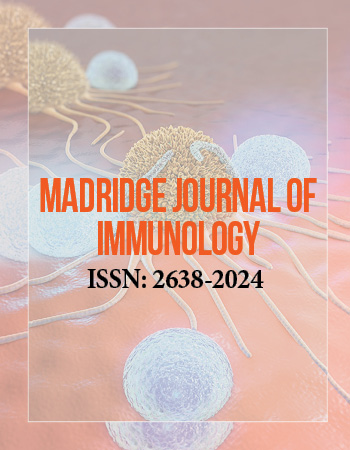International Conference on Immunology and Immunotechnology
November 1-3, 2017 Barcelona, Spain
Large-Scale Automated 3D Image Analysis of Tissue Resident Leukocytes for the Infection, Immunity and Immunophenotyping Consortium
1Department of Immunobiology, Kingʼs College London, UK
2Wellcome Trust Sanger Institute, UK
3The Francis Crick Institute, UK
Epidermal tissue is the first line of animal defense against external factors. Mouse epidermis is populated by gδ T cells, also known as dendritic epidermal T cells (DETC), most of which belong to Vγ5Vd1 subset. These cells form a dense network in parallel to the network of Langerhans cells. However, it is still not clear which genes define the tissue homeostasis and functionality of these cells. As part of the Infection, Immunity and Immunophenotyping (3i) Consortium we conducted epidermal immunophenotyping of over 500 mouse gene knockouts generated by the Welcome Trust Sanger Institute. The epidermal sheets were isolated from 16 week old C57BL/6N mice and analysed by confocal microscopy and automated 3D image quantification in order to establish the effects of gene knockouts on the number and morphology of DETC and Langerhans cells. During the course of the project over 3000 mouse samples were processed. The multiparametric analysis showed a clear sexual dimorphism in wild type mice for most data readouts. Novel phenotypes were revealed for knockout lines with an overall hit rate ~4%. As a result we identified a number of new genes which were not previously associated with immune functions opening new avenues for further in depth investigation. Particularly Hbs1l knockout mice displayed severe defects in DETC morphology. Further study using structured illumination microscopy showed that although Hbs1l KO DETC are still able to migrate and form the immunological synapse they do not form actin-reach protrusions which may affect function of these cells in skin stress surveillance.
Biography:
Dmitry S. Ushakov is a research fellow at Kingʼs College London. His research is centered on understanding the fundamental principles governing immune cell motility, maintenance and interactions, which he investigates using advanced fluorescence microscopy technologies. Recently he established a novel automated 3D image processing method enabling multiparametric analysis of cells residing in tissues. This approach was utilized for the Infection, Immunity and Immunophenotyping (3i) consortium where hundreds of mouse lines were screened revealing new genes involved in immune cell homeostasis. He now takes these findings forward to further investigate the role of the identified genes in the intraepithelial leukocyte biology


